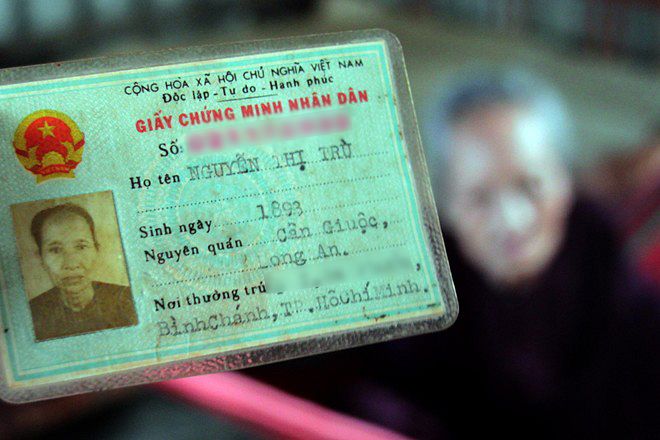Saigon is predicted to achieve 8% annual growth over the next five years, becoming the second-fastest growing urban economy in Asia during that period.
According to Bloomberg, in an Oxford Economics study ranking the projected growth of thirty Asia-Pacific cities, Saigon ranks second, just below New Delhi, making it the only non-Indian city in the top five.
This projected rapid growth has been echoed in similar reports. VnExpress noted: “In January, Chicago-based financial and professional services firm JLL ranked HCMC the world’s second most dynamic city, after India’s Bangalore.” Saigon was regarded as a “High Potential City” driven by low costs, market expansion and high levels of foreign investment.
Ralph Jennings at Forbes suggested a few reasons for this boom. First, regardless of recent tensions surrounding the US and the Trans-Pacific Partnership, Vietnam is still likely to benefit from trade agreements with regional countries.
Jennings also pointed out: “Vietnam’s middle class will double by 2020 to 33 million people.” Members of this group earn at least US$714 a month, enough to have disposable income to inject back into the economy.
One reason for this middle class boom is that traditional industries, like textiles and shoes, are being replaced with more lucrative, high-tech endeavors.
Official Ministry of Finance data reveals that in the first half of this year, Saigon has received US$2.15 billion in foreign investment, which is double the amount it received in the same period last year.
This is part of an overall trend of economic growth in the city, despite a recent regional slowdown. Frederic Neumann, co-head of Asian economic research at HSBC Holdings Plc in Hong Kong, told Forbes that Vietnam as a whole was in a “sweet spot.”
He predicted that strong growth would persist because: “It is continuing to gain market share in exports and even giving China a run for competitiveness. Foreign companies continue to invest in Vietnam to take advantage of its highly competitive labor and low cost.”
Mark Britton, lead economist on the Bloomberg report, wrote: “Limits on foreign ownership of Indian companies are gradually being reduced or eliminated.” Despite some friction regarding foreign-owned companies, Vietnam seems to be heading that way as well, a strategy that could create more economic success in the future.
While developing a healthier middle class, Saigon has also seen a 400% rise in multimillionaires since 2004.
The top five rounds out with Chennai, Mumbai and Hyderabad. The next-highest Southeast Asian city is Manila, securing the 9th spot.
[Photo via Siemens]














